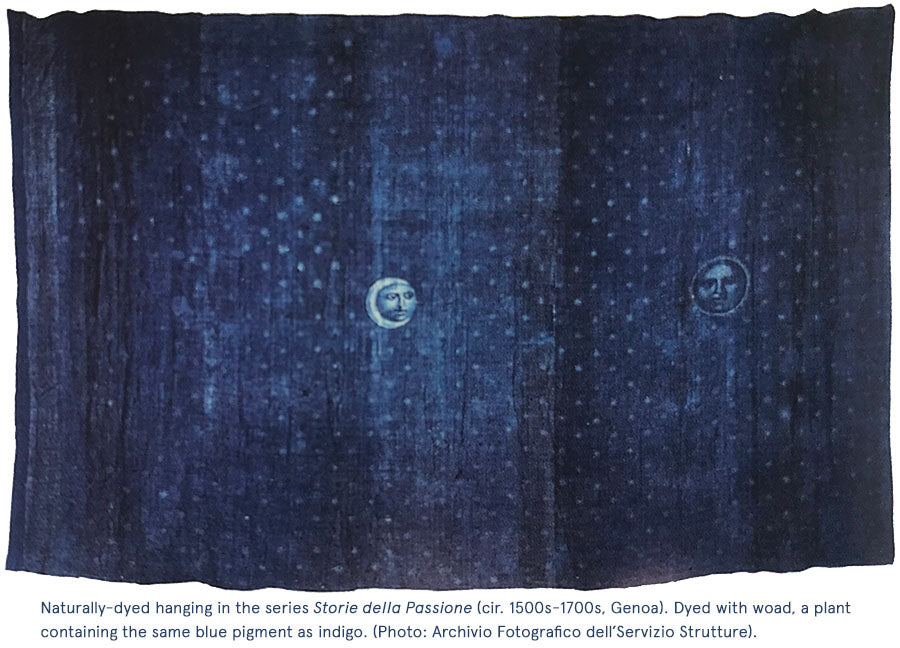I frequently get asked questions regarding natural dyes, mostly from people who care about sustainability and want to support petroleum-free dyes; however, they are concerned that natural dyes may not last as long as the synthetic dyes used ubiquitously today. So I decided to make a short series of blog posts to respond to some of these questions and hopefully address and allay some concerns about natural dyes by laying out the facts.
Question 1. Do natural dyes fade?

There are two main factors that impact the longevity of natural dyes: the dye plants used and how the garment is cared for. Fortunately, we have the first part covered, and the second is very easy to do.
Sustain uses the best natural dyes. With the ability to reach cultures and peoples all over the world, we have access to the best natural dyes across the globe, so we get to chose the strongest dyes that last the longest. Dyes such as indigo, madder, and plants high in tannins like oak, are known for their colorfastness (i.e., their ability to maintain their color). We specifically use dyes known to last a long time, so they can easily survive through multiple washings, sun exposure, etc. If you have ever been to a museum and seen colored articles from before 1860 (when synthetic dyes were invented), you would see first hand how long natural dyes can last. We use these exact same natural dyes.

With this, naturally-dyed clothing can live a long and colorful life, without harming our environment (or skin). From an environmental perspective, synthetic dyes actually last too long, taking about 50 years to degrade in nature1, and during that time they can have toxic and harmful effects on the surrounding environment. Natural dyes, on the other hand, will naturally biodegrade in months in the natural microbial environment of a compost.
1 "Dyes-Environmental Impact and Remediation," Luciana Pereira and Madalena Alves, Ch. 4 (2012).

